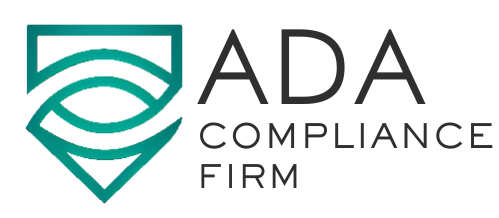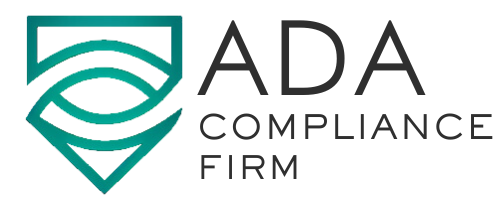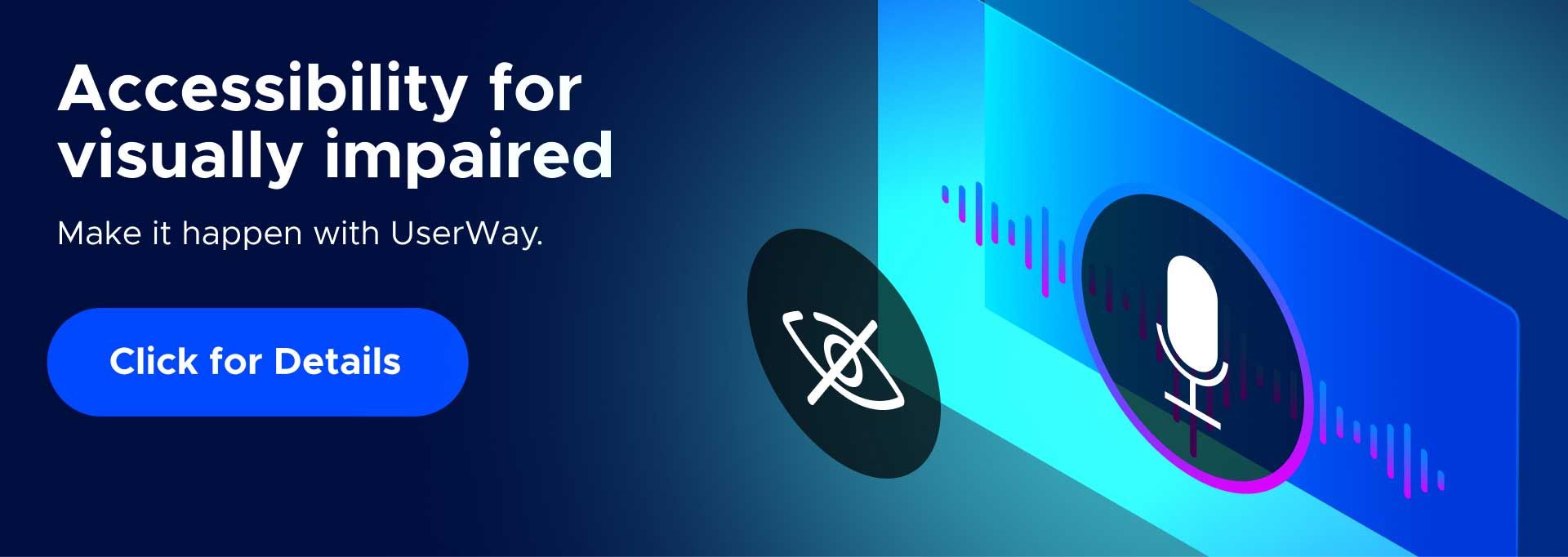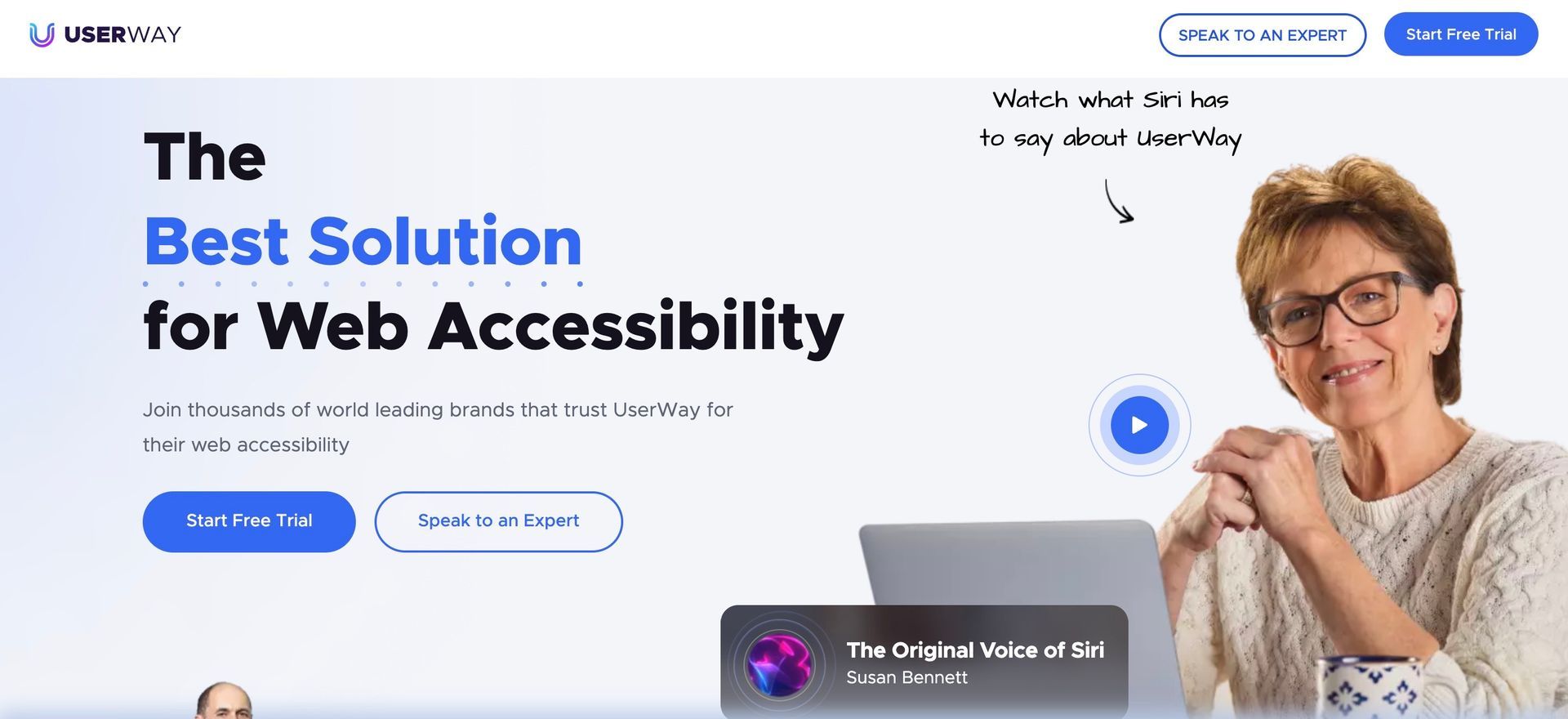Transportation and ADA Compliance: Ensuring Accessible and Inclusive Public Transit

Ensuring that our public transportation systems are accessible to all is not just a legal requirement. It’s a profound statement about our values as a society. The Americans with Disabilities Act (ADA) was passed in 1990, heralding a new era of rights and inclusion for millions of people. When it comes to the intricate web of buses, trains, and subway networks that crisscross our urban landscapes, the journey to full compliance has been long and complex.
Today, public transit faces a dual challenge. On one hand, advances in infrastructure and technology offer unprecedented opportunities to improve accessibility. On the other, the sheer scale and variety of transit systems – from bustling metropolitan subway stations to rural county bus services – present a daunting task of implementation.
In this comprehensive exploration, we’ll delve into the world of transportation and ADA compliance, analyzing the processes, benefits, challenges, and innovations steering our public transit systems toward a more accessible and inclusive future.
Understanding ADA Compliance in Transportation
To navigate the terrain of ADA compliance in transportation, one must first understand the lay of the land. Enshrined in the ADA are clear guidelines and standards that transit agencies must adhere to in order to make their services accessible to individuals with disabilities. These standards, set by the Americans with Disabilities Act Accessibility Guidelines (ADAAG), outline specifications for the construction and alteration of facilities that promote accessibility.
Key Regulations and Standards
The ADAAG serves as a companion to the ADA and provides detailed guidance on everything from the width of accessible doors, the slope of ramps, to the configuration of restroom facilities. For transportation, additional requirements such as the minimum number of accessible routes, the need for communication features like audio announcements or Braille signage, and the provision of dedicated wheelchair spaces on vehicles are set in place.
Responsibilities of Public Transit Authorities
Public transit authorities, whether overseeing regional rail lines or city buses, are responsible for ensuring that their services are accessible to all riders. This includes the deployment of accessible vehicles, implementation of services like door-to-door paratransit, and ongoing maintenance of accessibility features. They also have an obligation to promptly address any barriers that exist in their stations or vehicles.
Role of Urban Planners in Accessibility
Urban planners play a crucial role in the transportation puzzle. They design cities to be walkable and use space efficiently, with public transportation as a cornerstone. By integrating accessibility into their designs, for instance, incorporating curb cuts and accessible stations, urban planners can significantly impact the livability and inclusiveness of an area.
Benefits of ADA Compliance in Transportation
The ubiquitous nature of public transportation underpins the significance of ADA compliance. An accessible transit system opens the door to mobility, independence, and myriad opportunities for those with disabilities. This section explores the extensive benefits that a truly inclusive public transit provides.
Improved Accessibility for Individuals with Disabilities
ADA compliance in public transit can be life-changing. Seamless access to transportation means the ability to work, socialize, and engage with one’s community without the barriers once posed by inaccessible stations or transit vehicles.
Enhanced Inclusivity in Public Transit Systems
An accessible public transit system is the bedrock of an inclusive community. It provides the platform for equal participation in civic life, allowing diverse populations to move freely and partake in the opportunities a city has to offer.
Positive Impact on Quality of Life
The reverberating effects of accessible public transit extend to the individual’s quality of life. It enhances mental and physical well-being by reducing stress and enabling access to healthcare facilities, recreational activities, and other essential services.
Challenges and Solutions
While the intent to make public transit accessible is clear, the path to full compliance is riddled with challenges. Here, we examine some of the common obstacles and discuss potential solutions.
Infrastructure Modifications and Retrofitting
Upgrading existing infrastructure to meet ADA standards can be cost-prohibitive and logistically complex. Solutions may involve phased retrofitting, embracing innovative construction techniques, and seeking federal and state funding to support these initiatives.
Training and Education for Staff
Transit personnel must be educated on how to operate and maintain accessible services. Training programs should be comprehensive, ongoing, and reflective of the unique needs of the transit agency’s ridership.
Ensuring Equitable Access for All
A significant challenge is the need to balance the provision of accessible transit with the needs of the whole community. Solutions may require establishing dynamic systems that allocate resources based on real-time data of accessibility demand.
Case Studies
By spotlighting success stories, we can extract valuable insights and best practices that may serve as blueprints for other transit systems.
The San Francisco Bay Area’s BART System
The Bay Area Rapid Transit (BART) system has been a pioneer in transit accessibility. Notably, it has developed robust tactile paths, implemented comprehensive audio-visual communication systems, and ensured that almost all of its stations are wheelchair-accessible.
New York City Subway’s Progress
The New York City Subway, facing the challenges of an aging infrastructure, has nonetheless made strides in accessibility. Key initiatives include the introduction of elevators in more stations and the ongoing project to make additional stations ADA-compliant.
Portland’s TriMet: A Commitment to Accessible Transit
TriMet in Portland has established a reputation for inclusivity. They were early adopters of accessible buses, continue to improve paratransit service, and have enacted on-call stop announcements on all bus lines.
Future Trends and Innovations
Looking toward the horizon, we explore emerging technologies and concepts that promise to redefine the landscape of accessible transportation.
Emerging Technologies for Enhanced Accessibility
Innovations such as low-floor buses with ramps, real-time communication apps for transit updates, and advancements in mobility aids and service animals are reshaping the accessibility paradigm.
Potential Impact of Autonomous Vehicles
The advent of autonomous vehicles presents both opportunities and challenges for accessibility. While they could offer unprecedented independence for some individuals, ensuring their universal design will be critical to maximize their benefits.
Conclusion
The journey to ADA-compliant transportation is perpetual. With each step, we affirm our commitment to an equitable society where the rhythm of daily life is not out of tune with those who face the hum of barriers. As we march toward a future that is more accessible and inclusive, it is vital that we maintain our pace and foster a collaborative spirit between lawmakers, transit authorities, urban planners, and the communities they serve.
The call to action is clear. Our transit systems must continue to evolve, to become not just navigable, but to embody the spirit of the ADA – enabling freedom, justice, and the pursuit of happiness for all.
Join our newsletter
Recent Blog Posts
















